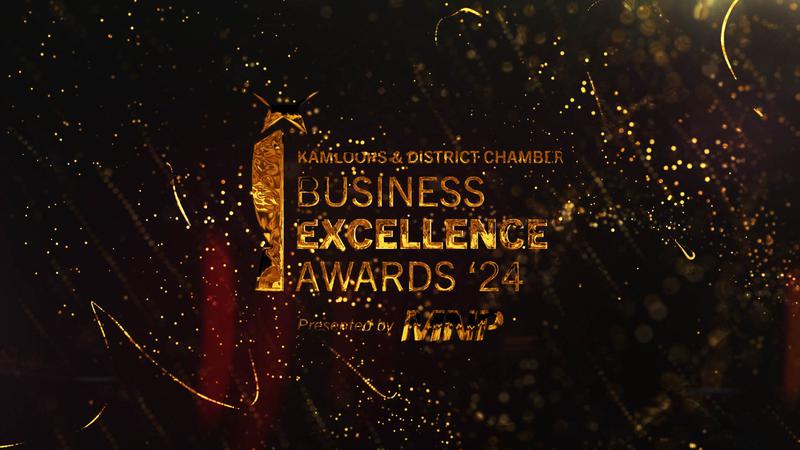
Land application remains on the table for long term disposal of Kamloops biosolids
KAMLOOPS — City of Kamloops staff will include land application among the options it will study as it seeks a long term solution for the biosolids produced by the city’s sewage treatment facility.
Even though it is one of the most common methods of dealing with biosolids, land application has become controversial, and is frequently opposed by residents living near application sites.
At a Committee of the Whole workshop this morning, Utility Services Manager Greg Wightman told council staff have worked with consulting firm Stantec and assembled a working group to develop a set of options. Those options were then ranked based on environmental, economic and social impacts.
Wightman brought those options forward to council this morning.


